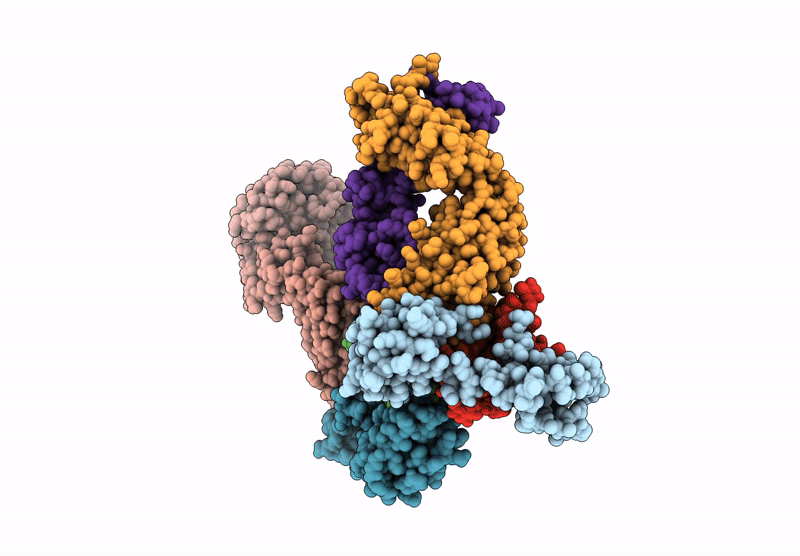
Deposition Date
2024-06-18
Release Date
2025-04-30
Last Version Date
2025-04-30
Entry Detail
PDB ID:
9CB5
Keywords:
Title:
Crystal structure of nucleolin in complex with MYC promoter G-quadruplex
Biological Source:
Source Organism:
Homo sapiens (Taxon ID: 9606)
Host Organism:
Method Details:
Experimental Method:
Resolution:
2.60 Å
R-Value Free:
0.25
R-Value Work:
0.23
R-Value Observed:
0.23
Space Group:
P 21 21 21


